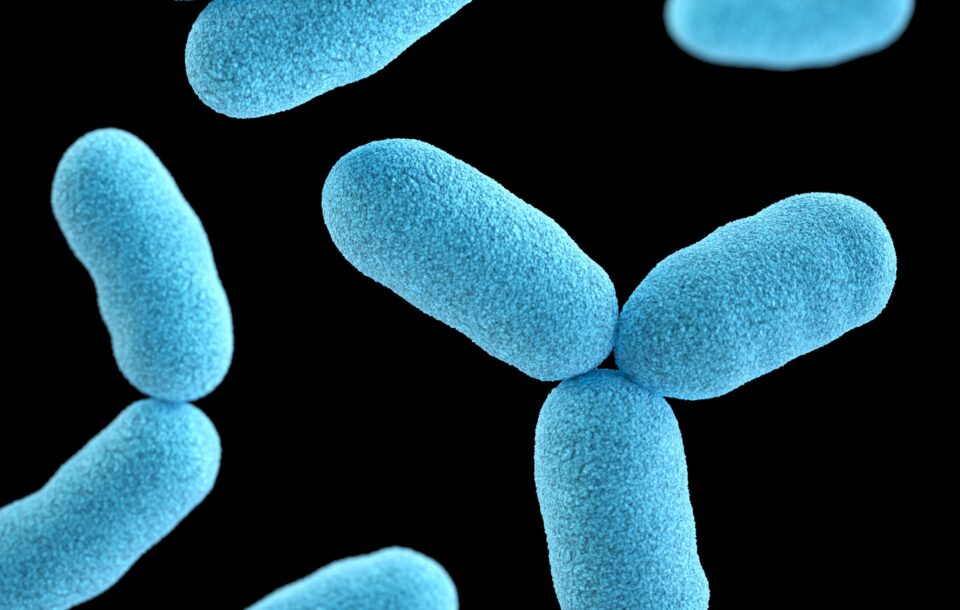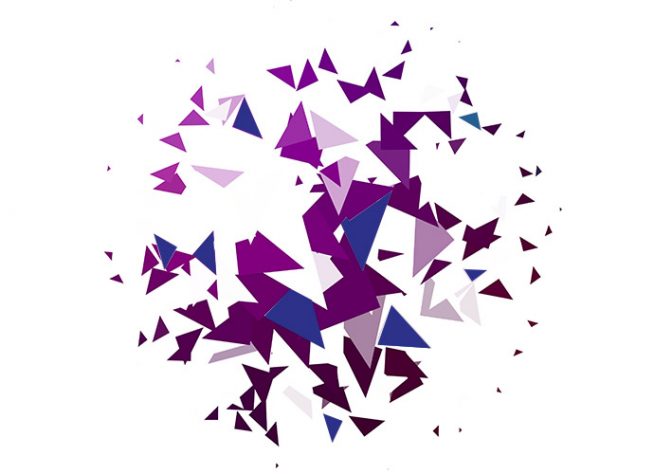What is Hyperbaric IV Ozone Therapy?
Hyperbaric IV Ozone Therapy is the infusion of ozone gas into the bloodstream through a continuous, sterile, closed system. At the mid arm, an IV is inserted that is connected to a pressure line which leads to a vacuum sealed bottle. The negative pressure caused by the vacuum sealed bottle pulls the blood from your vein into the bottle, reaching a volume of 200ml each ‘pass’. The Ozone generator infuses Ozone Gas into the bottle. Once the ozonated blood is returned to you via the same IV site, a ‘pass’ is considered completed.
Generally, Hyperbaric IV Ozone Therapy is completed in 10 passes, which is why it is colloquially known as the ‘10 pass’ or ‘IV Ozone 10 Pass’.
Within 10 passes, approximately 2 liters of blood is filtered, ozonated and activated. It takes anywhere between 45 minutes to 1 hr and 30 minutes to complete 10 passes. This depends on a few factors, which is described below.
Toronto Ozone IV Therapy
- Naturally increase energy levels
- Improves lung capacity and health
- Increase immune response and strength
- Anti-aging and vitality optimization
- Improves symptoms of some neurodegenerative conditions
- Sugar & carbohydrate metabolism and regulation
- Repair epithelial tissue (gastrointestinal lining, eye lens, retina, etc)
- Regulate viral load and help fight fungal infections


IV Ozone Therapy Treatment Care
At the Upper Room, we believe in maximizing the efficacy of our treatments by educating our patients and providing resources. The staff at the Upper Room will help you prepare and take care of your body should you undergo IV Ozone 10 Pass therapy, but here are some general tips to consider.
Pre-Treatment Self-Care
- Taking a natural blood thinner before IV Ozone Therapy 10 pass can increase the efficacy of treatment
- Intake at least 1-2 litres of water before treatment
- Eat a meal 1-2 hours before treatment
The idea is to increase the natural viscosity of your blood to help it flow through the tube into the bottle and back to you. The less resistance your blood has, the easier (and faster!) your treatment is going to be. Also, increasing water intake increases the size of your veins, making it much easier to start the therapy.
Post-Treatment Self-Care
- Drink tons of water! If you feel that you have a high toxic load for whatever reason, it’s going to be seriously important for you to help your body flush out the toxins Ozone Therapy will help your body release.
- No smoking, drinking, recreational drug use at least 48 hours after treatment.
- Try to stay away from NSAIDs at least 48 hours after your treatment, these have the potential to disrupt the immunomodulatory effects of Ozone Therapy.
- Prolonged bleeding may occur 8-12 hours after treatment because of the blood thinner (Heparin) used– don’t do strenuous exercise, especially if it’s prone to accidents. If you hit your head within that time frame, go to the ER. IV Ozone Therapy is not recommended at least 2 days before surgery. Keep your band-aid covering the IV site for at least 6 hours after treatment.
After IV Ozone Therapy, you want to allow your body to go through the detox, activation and immunomodulatory processes with as little interference as possible.
Are there any side effects from IV Ozone 10 pass?
Generally, side effects/adverse effects are minimal.
Some transient effects during treatment include: chest tightness, light-headedness, euphoria, relaxation, mental acuity.
Potential side effects include:
- During IV ozone therapy, you may experience chest tightness, light-headedness, loss of consciousness.
- After IV ozone therapy you may experience a Jarisch–Herxheimer reaction, which is a reaction to the death of harmful microorganisms such as viruses and bacteria. This reaction causes flu-like symptoms such as body aches, rash, fatigue, headache and/or nausea.
- The IV site may be red, swollen and bruised. Due to the use of blood thinner, the IV site may continue to bleed after the IV is removed. Heparin, a pork-based blood thinner, is used to ensure that the flow is continuous and no blood clots are formed.


Other FAQs - Hyperbaric IV Ozone Therapy
Am I a candidate for IV Ozone Therapy?
YES, if any of the following apply:
• Optimizing for better functioning and anti-aging
• Athlete
• Metabolic dysfunction
• Compromised immune functioning
• Low energy levels
• Gastrointestinal discomfort
• Adrenal dysfunction
• Chronic pain
• Chronic viral infections such as Lyme’s disease
NO, if any of the following apply:
• Blood clotting disorders such as thrombocytopenia and hemophilia.
• A G6PD deficiency
• Small/hard to find veins (if this is you, try the Hocatt)
• Allergy/dietary/belief restriction to heparin (a pork based blood thinner)
What’s the story behind IV Ozone Therapy?
We’re glad you asked! IV Ozone 10 Pass Therapy was originally invented in Germany by Dr. Lahodny, who used the “Zotzmann Ozon 2000” ozone generator (the equipment we use at the Upper Room).
Dr. Lahodny still lectures and teaches about Ozone Therapy, link to his biography here. He provides master classes on Ozone Therapy via online classes and in-person in his home country of Austria. Other leaders in the Ozone field are Dr. Rowen & Dr. Schallenberger, who are located in the USA.
Dr. Kostovic has completed courses by all three leading experts, as her zeal for providing great medicine never stops.
Please visit our drive to find primary literature articles that can help educate you about Ozone therapy research.
What is Ozone?
Ozone is a molecule found naturally in our atmosphere– it is what protects us from the sun’s harmful rays and potentially a myriad of medical conditions when used therapeutically. As a molecule, it is similar to oxygen except that it has three oxygen atoms instead of two. This makes it highly reactive and useful for medical treatments.
Historically, ozone therapy has been medically used for over 150 years, its efficacy has been proven along with little to no side effects. Ozone has been used as a sanitation tool for water purification, dentistry, wound care, and treating over 114 diseases.
How does Ozone affect the blood?
When applied directly to the blood it works as a light switch: it turns on your immune system, which your red blood cells break down sugars. As a wellness tool, there is no comparison. It slightly increases the concentration of hydrogen peroxide in the blood or area injected. The small increase in hydrogen peroxide disappears quickly and is replaced with copious amounts of antioxidants, cell-protecting proteins, feel-good neurotransmitters and immunomodulating messengers.
It also increases the amount of oxygen your blood can hold and redistribute in your body. By encouraging the blood cells to consume more sugars in the blood, it also creates a side product called 2,3-DPG: a crucial molecule for release oxygen into hypoxic (oxygen deprived) tissue.
How does ozone affect the immune system?
Ozone therapy has shown to modulate and increase the efficacy of the immune ssytem, both strengthening activity while regulating dysfunctional response systems that can lead to illness. Over time, ozone therapy strengthens the immune system because with each therapy, a small percentage of immune cells are ‘turned on’ within their microenvironments. This begins a slow and steady cascade of signals that notify other cells to begin working as well.
It has been shown that ozone treatment also results in the increase of tumor suppressing molecules, growth factors and immune system activators.
Ozone reacts quickly with the content in the blood to produce hydrogen peroxide (H2O2), which easily diffuses into the cell. H2O2 is an essential signaling molecule that acts as a gateway to several immune responses. H2O2 activates nuclear factor kappa beta (NFkB) by increasing its phosphorylation. As a result, ozone has shown to decrease prostaglandins and increase macrophages (a type of white blood cell).
Prostaglandins are inflammatory mediators that are the primary cause of pain and inflammation with injury. They cause increased blood flow, summon white blood cells and eventually cause tissue and organ dysfunction if persistent.
Macrophages are the body’s clean up system and play a role in immune surveillance. When a cell spontaneously dies (apoptosis), it clean the system of the debris. If it comes into contact with a foreign pathogen, it engulfs this and displays the contents to the immune cells to signify that “there is a foreign pathogen present, the system must react”. The sooner the immune system catches a pathogen for surveillance, the less severe the infection.
Is Ozone good for fighting bacteria, fungi, and viruses?
On the skin, in water, on surfaces (everywhere except inside our bodies) ozone acts as an oxidative agent and easily dissolves the fatty coatings that surround bacteria, fungi and viruses. This effectively kills these pathogens by inactivating their ability to infect other cells and remain viable. However, when injected directly into the blood, ozone acts as an immune system modulator to increase the body’s response to pathogens, not necessarily killing them upon contact. Ozone has also been found to arrest the life cycle of several viruses.
Topically, ozone therapy is also useful for the treatment of fungal infections because of its ability to diffuse into the fungal cell and disrupt spore germination, production and growth of the fungi. In addition, 20% of fungal mass consists of lipids, which oxidize on contact with ozone.
What does ozone do for my overall wellness and longevity?
Ozone serves to increase the efficiency of our metabolism by increasing the blood circulation and oxygenation of our cells. Oxidants are largely responsible for aging because they are a direct cause of cell death. Ozone therapy increases the levels of antioxidants by activating the transcription factor Nrf2 whose domain is responsible for the production of the following antioxidants:
- Superoxide dismutase (SOD): separates superoxide oxygen into normal oxygen and hydrogen peroxide
- Glutathione peroxidase (GPx): protects the cell from oxidative damage by reducing lipid hydroperoxides and hydrogen peroxides
- Glutathione S-transferase (GST): helps glutathione pair with toxins
- Catalase (CAT): decomposes hydrogen peroxide into oxygen and water
- Heme Oxygenase-1 (HO-1): catalyzes the degradation of heme
- NADPH-quinone-oxioreductase (NQO-1): accepts and transfers electrons to reduce the amount of free radicals
- Heat shock proteins (HSP): stabilizes proteins when extreme conditions are present
- Phase II Enzymes of drug metabolism: the enzymes found in this step are crucial to drug detoxification in the kidneys and liver

